The quality of car batteries contributes to the efficient operation of the car. Through this article, Thanh Phong Auto will provide the most basic information about batteries, helping users clearly understand what car batteries are, their classification and main functions.
Car batteries have the function of storing electricity to provide energy for the starting device (starter) and ignition system, among other systems. At the same time, supply power to loads in case the generator is not working or the engine rpm has not reached the specified speed. Moreover, the battery also has the effect of providing power when the loads use current exceeding the generator's prescribed level.
Currently, most car batteries use lead batteries. They are divided into two main types: sealed batteries (dry batteries) and open batteries (water batteries). If the car owner can add water to the water battery, then the dry battery will be completely opposite, they usually do not need maintenance and will be used until they break.
This type of battery is sealed so there is no need to periodically add water. Dry batteries are basically not completely dry but contain H2SO4 solution in a thick gel form.
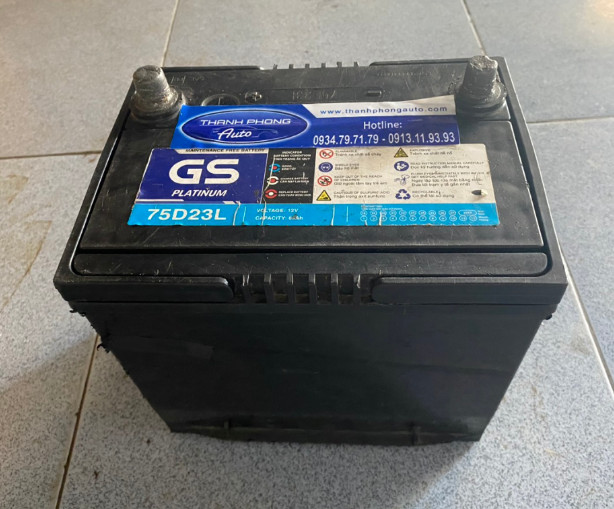
Figure 1: Dry battery
Advantages
Disadvantages
This is a type of battery that has sulfuric acid solution inside, and has a maintenance cap to add distilled water.
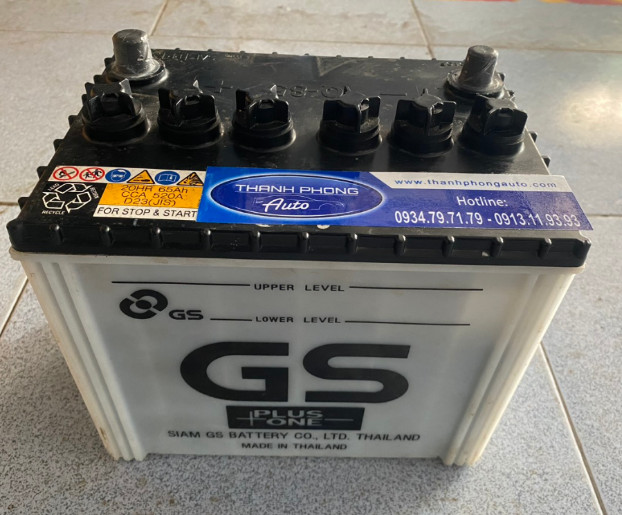
Figure 2: Water battery
Advantages
Disadvantages
It can be seen that the battery is an important part of the car, so it is necessary to clearly understand its structure, functions and operating principles.
The structure of a car battery will be divided into internal structure and external structure. The details in the battery will create a complete whole to achieve the best operating results.
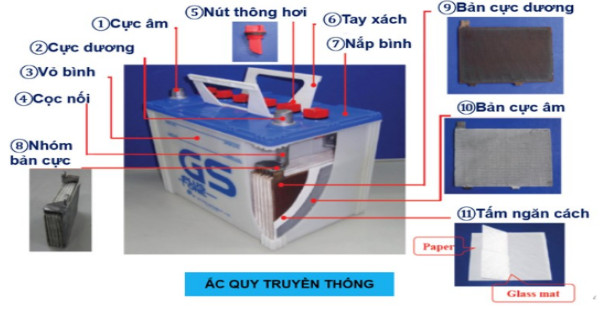
Figure 3: A car battery will have an internal and external structure (Source: Collected)
The internal structure of a car battery includes:
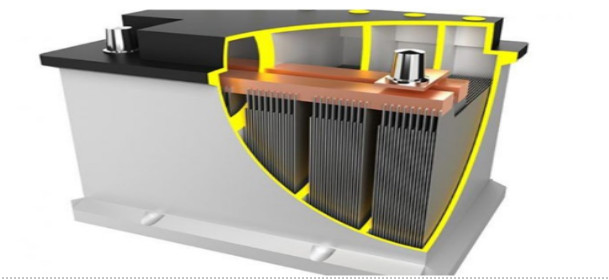
Figure 4: The internal structure of a car battery includes many acid compartments (Source: Collected)
As for the external structure, it includes the following details:
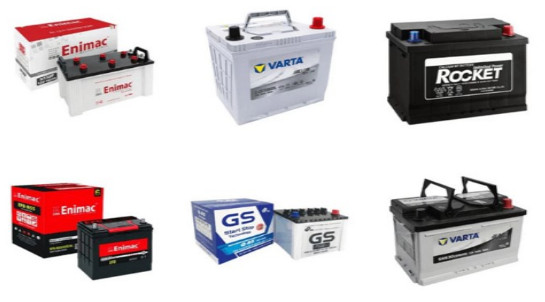
Figure 5: External structure of a battery with 2 protruding poles at the top (Source: Collected)
Car batteries operate on the principle of charging and discharging through a chemical reaction with an electrolyte solution.
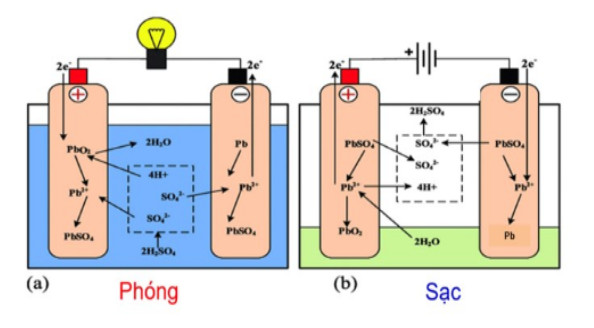
Figure 6: Operating principle of a car battery (Source: Collected)
When discharged, the battery will provide an electric current to the consumer. When the acid in the electrolytic solution reacts with lead, it turns into water, causing electrical energy to be released. At that time, sulfuric acid along with the negative and positive plates is converted into lead sulfate. The discharge process causes the amount of water to increase but reduces the amount of sulfuric acid, causing the electrolyte concentration to decrease and the plates gradually approach the outside due to the nature of PbSO4, causing the potential difference between them to gradually decrease.
When charging, the electrolyte concentration increases, the electrolyte changes into sulfuric acid. Along with that, the positive plates will turn into lead oxide, and the negative plates will turn into lead. At this time, the direction of the charging current is opposite to the discharge current.
THANH PHONG AUTO
Company hotline:
Customer Service Center: 0789 86 27 27 - 0931 79 77 90
Cars Care Service Price Sheet At Thanh Phong Auto HCMC VietNam:
* The cars that we have mechanics: Mercedes, BMW, Audi, Lexus, Toyota, Honda, Mazda, Mitsubishi, Kia, Daewoo, Hyundai,Ford, Nissan, Volkswagen, Porsche, Chevrolet, Rand Rover, Innova, Fortuner, Vios, Fiat, Bugatti, Ferrari, Bentley, Hummer , Chrysler, Dodge, Renault, Cadillac, Volvo, Subaru, Daihatsu, Ssangyong, Roll-Royce, Peugeot, Smart Fortwo, Tobe M'car, Luxgen, Zotye, Haima, Geely, Baic, Hongqi, Cmc, Mini Cooper, Buick, Opel, Acura, Aston Martin, Vinfast, TQ Wuling.
To keep your vehicle running properly at all times, we offer a number of services that are carried out by our certified, expert auto service and repair technicians who have years of experience performing everything from oil changes to a complete engine overhaul.